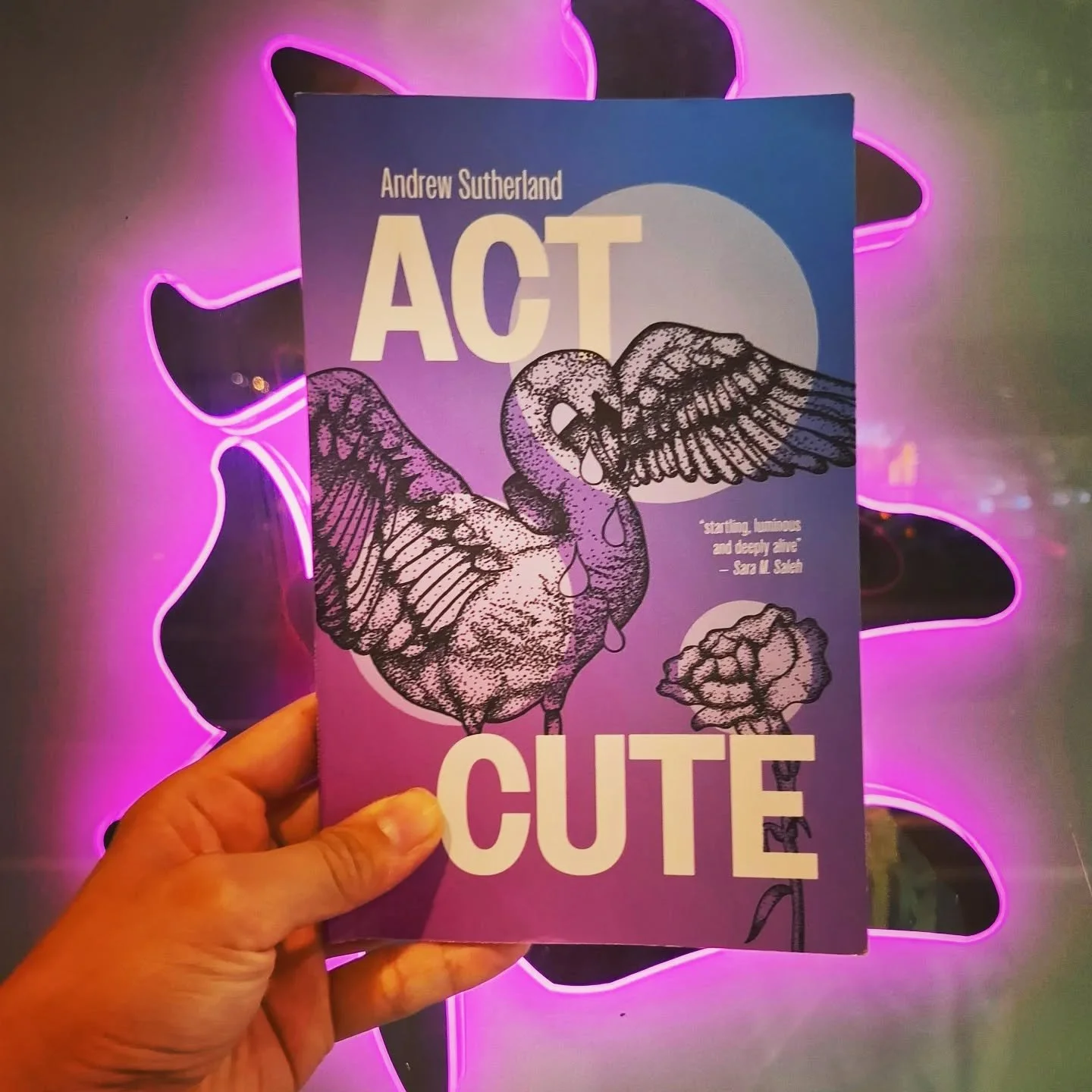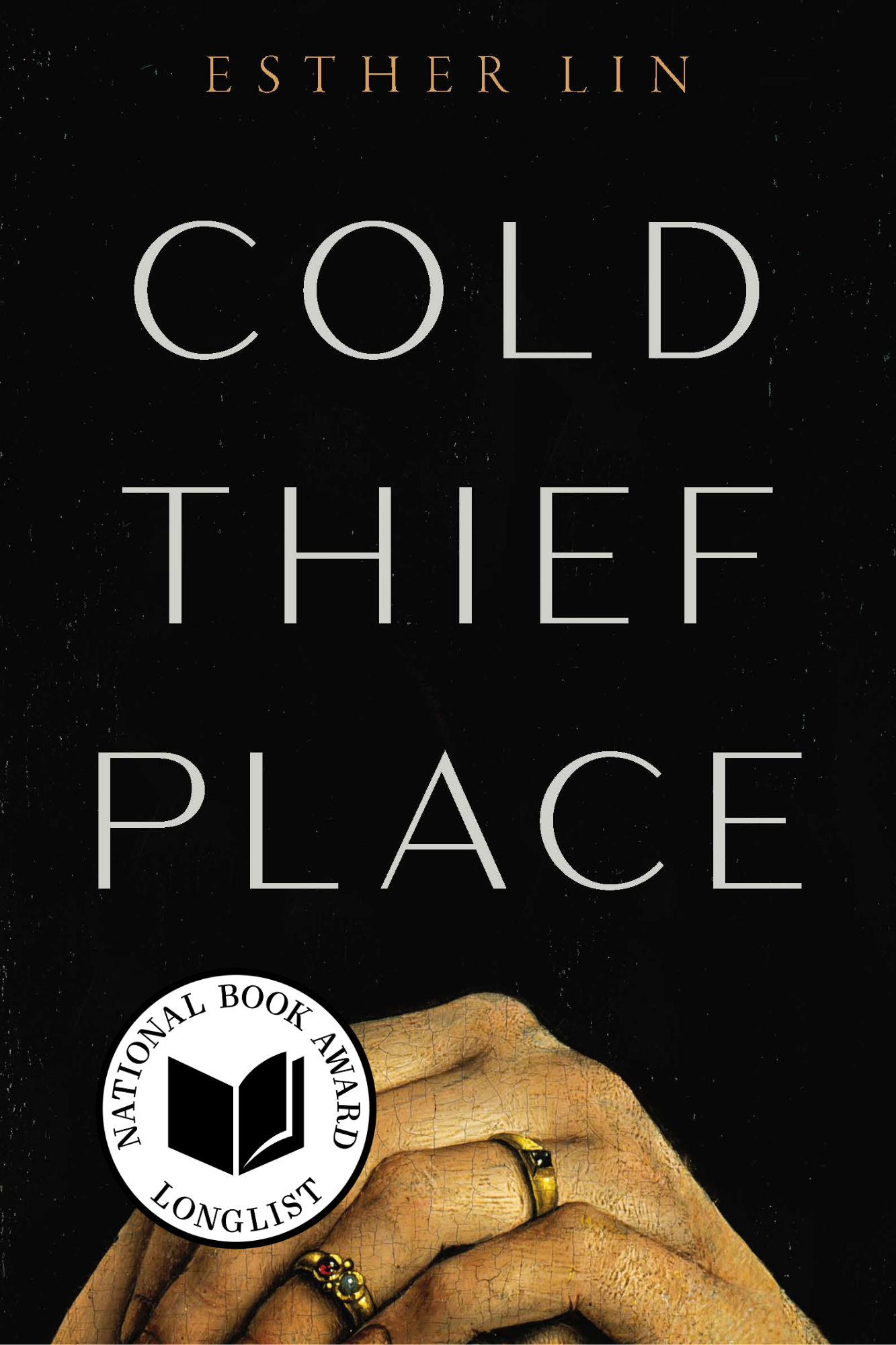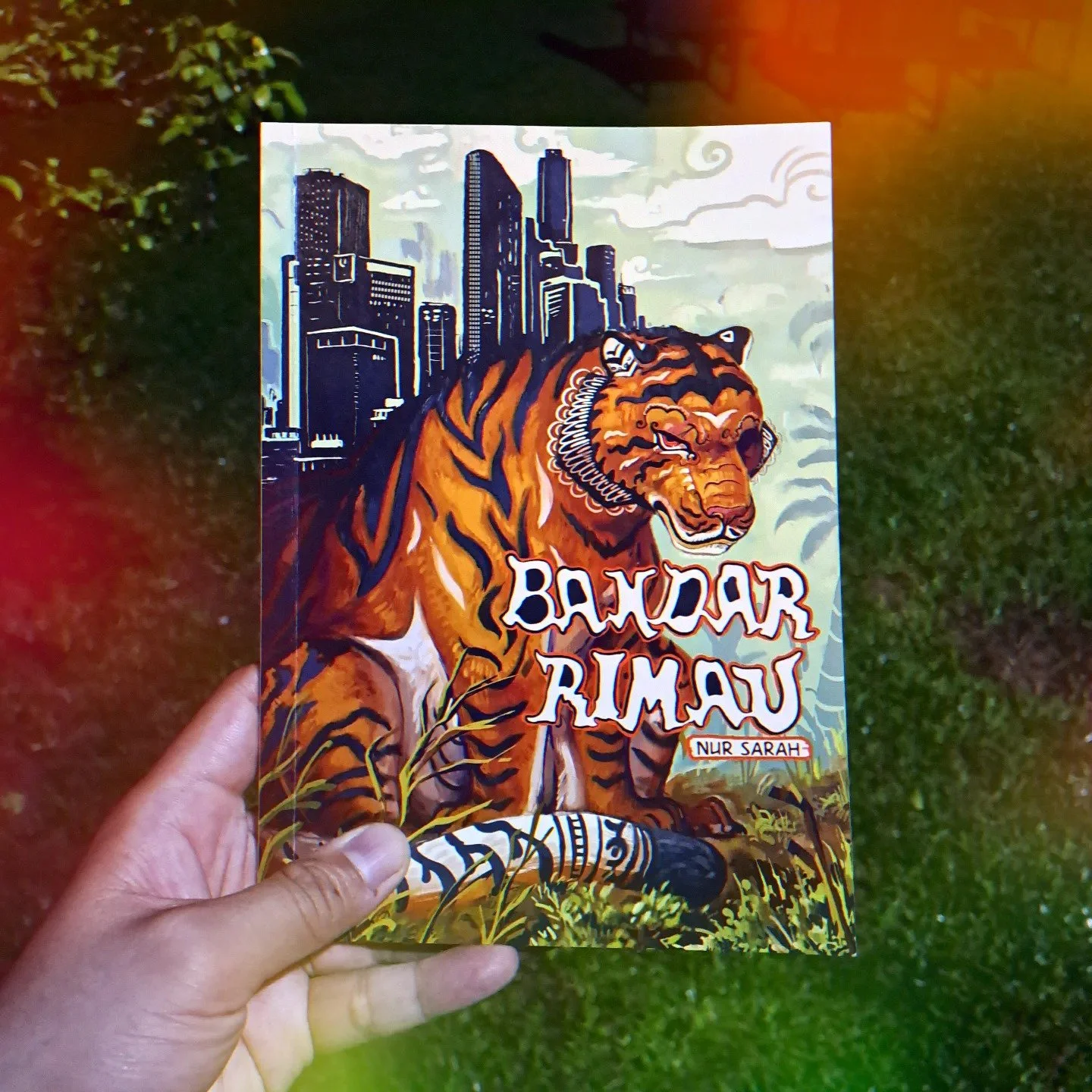#YISHREADS November 2022
By Ng Yi-Sheng / @yishkabob
The Yuletide season is soon upon us! Time to indulge in mindless consumerism and childhood nostalgia! And what better way to do that than to purchase books of traditional folktales for your offspring?
Below are five illustrated works that retell Asian legends—but beware, they’re not categorically appropriate juvenile fodder. Some are infused with graphic violence and patriarchal values, some are tinged with Orientalism… and honestly, the last one is so long-winded and chock-full of deviant sex that I wouldn’t recommend it even for the most liberal of parents! Unless your kid’s already a teenager or older, in which case, go wild. Or what the hell: buy these for yourself.
Dewa Pechil: A Mak Yong Tale Told by Ali bin Ibrahim
Translated by Patricia Ann Hardwick and Fara Dayana
Illustrated by Kamal Nawie
Universiti Pendidikan Sultan Idris, 2022
Come hearken to a fairy tale from Kelantan, Malaysia, told by Ali bin Ibrahim (1959-2009), a non-literate storyteller, clown, actor, musician and village headman, published at his own request, with text and QR codes to audiobooks in three languages—Kelantanese, Malay and English!
The story is a staple of mak yong performance, but to our eyes, it’s super strange. It begins by focussing on the antagonist. The ageing King Sama Daru of Sebarang Laut Tanah Melayu covets the beautiful Princess Cemara Bermas of Selembahan Gunung Kisaran Payung (he's horned up as soon as he hears her name). Problem is, she's already happily married to her husband, the titular Dewa Pechil, who decides to leave her to preserve the peace... but she follows the trail of his cindai cloth and they set up a new kingdom in the forest.
And in between we have these fascinating loose ends. The warrior Balang Tujuh Gelana Tiga, whom Sama Daru keeps chained to a pillar under his palace because of his incredible strength, is sent as an emissary to plead for the marriage but is forbidden from fighting back when Prince Raden Mas Indera Sari attacks him. The Princess' mother, a commoner named Mok Ibu Ayu Panggung Wetan Kala Deremi, who sells pennywort in the market, whom Sama Daru is easily able to bribe to get her daughter divorced and married to him. And why doesn't anyone follow the runaway couple after they dodge the marriage?
But that's specifically why we need stories like this preserved without wholesale reformatting. They challenge our Joseph Campbell-esque assumptions that there's a single model for storytelling. Silly Sama Daru: sometimes your hero's journey involves finding out you were never the protagonist after all!
The Legend of Mazu / 妈祖的传说 , by Koh Chin Teng
Illustrated by Koh Chin Teng
Asiapac Books, 2020
I used to side-eye Asiapac Books: I saw their Chinese heritage comics as propaganda for cultural conservatism, five thousand years of civilisation, etc. However, I've recently realised their books are occasionally the best resources on niche Chinese topics in English, all made super-accessible for the masses.
This work, for instance, has loads more stories about the Taoist sea goddess Mazu (born as the 10th-century Hokkien shaman Lin Mo Niang) than I've heard before, with English/Mandarin bilingual captions and lianhuanhua-style line drawings on every page. Who knew that she not only calmed storms but dispelled droughts and defeated demons, including All-Seeing Eyes and All-Hearing Ears (千里眼and顺风耳 ), whom she turned into her celestial lieutenants? Who knew that her steed was a metal horse she discovered in a banyan tree after a tsunami, or that she invented the common dish, mee sua, when weeping into a bowl of noodles after failing to save her brother from a storm?
Also notes on her aid to Zheng He in the 1400s and to Taiwanese civilians during World War Two, where she saved them by snatching bombs from Allied aeroplanes as they fell from the sky. Taiwan was Japanese-occupied at the time, so this technically puts her on the side of the Axis.
Tales of a Korean Grandmother, by Frances Carpenter
Tuttle Publishing, 2019
Now this is an interesting work—it's a 1947 compilation of folktales harvested from 19th-century missionary and travel writings, but it's framed together through actual characters: Halmoni (i.e. grandma in Korean, but you already knew that), her granddaughter Ok Cha and her grandson Yong Tu, whiling away the festivals and observing the changes of seasons in an idyllic late Joseon household.
The stories consist of myths, like the birth of the god-king Dangun to the bear-woman Ungnyeo; fairy tales, like local variations on the Frog Prince and Cinderella; fables, like the matchmaker ant who laughed too much and why the dog and the cat are no longer friends; even a few historical legends like that of Admiral Yi Sun-Sin and the heroic gisaeng Nonga... plus a rather gently horrific tale of a man who discovers his wife is a reincarnated centipede spirit.
They're narrated amidst descriptions of horsehair hats, ground-glass kitestrings, Confucian studies for boys and chores for girls, all of which I suppose were meant to be terribly enlightening and educational for American readers... but the Orientalist lens is damn weird, e.g. when it emphasises the characters’ black, almond-shaped eyes; when it italicises words like makgeolli and kimchi (spelt "kim chee" here) that are no longer really exotic.
(Btw, re: female chores, I think it was my sis who first pointed out to me how oppressed Joseon women were. Not only were they only allowed to leave the house, veiled, during certain hours of nightfall when men were off the streets, laundry also involved ripping apart every garment at the seams so it could be ironed perfectly before sewing the bits back together!)
One of the most interesting bits is the epilogue, narrated by Ok Cha, now a halmoni herself, relating to her own grandkids the fascinating arrival of modernity (streetcars! short haircuts! women's education! matchsticks!) but also the violence with which it arrived, being an import of the Japanese Occupation. She also seizes the opportunity to praise American GIs and Christian missionaries, which is hella cringe, but then we're casually reminded that her grandkids were of the generation that was literally scared to speak the Korean language in front of their colonists.
Plus, the whole thing is a reminder to readers that the Korea of 1947 is a pretty developed place, not a Joseon Wonderland... with a casual note that the elderly Yong Tu is one of the last holdouts to still wear a topknot.
Btw, the author's best known for her 1937 work Tales of a Chinese Grandmother, which I believe was a huge heritage resource for an early generation of Anglophone Chinese Singaporeans. She wasn't just interested in Asia, mind you: this series also included grannies of Russian, Swiss and Basque descent!
Epics Collection, edited by Anant Pai
Amar Chitra Katha, 2021
Ordered this ten-issue set of Indian comics to give myself the same kind of popular knowledge of Hindu lore as my mission-school education gave me for Christian lore! (Surprisingly, the series catalogue uses the word "mythology"—did that word have less of the connotation of untruth when the comics were first printed in the 70s and 80s, or was that a concession to secularism before the rise of the Hindu right?)
Anyhow, here's a rundown of all the phantasmagoria:
1. Tales of Balarama: about Krishna's brother, who kills demons who give him piggyback rides and shrinks a giant princess so she’ll be teeny enough to be his bride.
2. Harishchandra: the tale of a legendary king who keeps his promise to a sage by giving up his kingdom, his wife, his son and himself, working as a cemetery worker for untouchables, before discovering, surprise, it was all a test.
3. The Churning of the Ocean: the creation of the elixir of immortality from the sea of milk—that's Vishnu in his guise as the beauteous Mohini on the cover, distracting the asuras!
4. Andhaka: the life of a grotesque son of Shiva's who becomes Lord of the Asuras.
5. Krishna and Rukmini: a princess who manages to scheme to get Krishna to kidnap and marry her, featuring a scene in which he smites her brother by giving him an emo haircut. (I mean, honestly, shaving half your head really doesn’t seem terminally uncool.)
6. The Golden Mongoose: tales of utmost duty, e.g. an ascetic who cruelly abandons his aging parents to cultivate laser eye power and a pigeon who cooks himself to feed the hunter who caught his wife.
7. Draupadi: The Mahabharata from her perspective. Why don’t we get the scene in which she washes her hair with her enemies’ blood?
8. Drona—The Mahabharata from his perspective. He's an archery teacher who got so poor other kids tricked his son into thinking rice milk was cow's milk.
9. Karna— The Mahabharata from his perspective, as Kunti's abandoned son. This issue’s got that classic scene of Bhishma lying, bleeding but undying, on a bed of arrows, which is probably more traumatising for little ones than your average crucifixion.
10. Ghatotkacha—turns out Bhima had a kid with a rakshasi who grew up to become demon king of the jungle and helped him out with his superpowers in the great 18-day battle of Kurukshetra! Yep, yet another perspective on The Mahabharata.
All of which delivers morals like the preservation of honour in contracts at all costs (seems fairly routine to sell off your wife to pay your debts); a highly suspicious use of the same verdigris colouring for the skin tones of demons and low-caste cowherds; and a tendency for castes and races (human, deva, asura) to fraternise and breed and adopt each other's kids way more than you'd expect.
The Centhini Story: The Javanese Journey of Life
Translated and condensed by Soewito Santoso
Photographs by Fendi Siregar
Marshall Cavendish, 2006
Damn, now that's what you call an epic! I've read briefer adaptations of the Javanese epic of the Serat Centhini before—Elizabeth D. Inandiak's Centhini: Forty Nights and One of Rain; Soewito's own Stories From The Serat Centhini—but this is closest I've come to digesting the entire twelve-volume 1814 original itself.
Notes for the clueless: this work is both a wonder-tale and an encyclopaedia of traditional Javanese knowledge, commissioned by the Surakarta court during a time of increasing Dutch encroachment—i.e. there's a kind of desperation to its collective composition, with the authors expressing their culture with the ferocious frenzy of the soon-to-be-extinct. It tells of young people from three noble families—Prince Jayengresmi, Prince Jayengsari and Princess Rancangkapti of Giri; Mas Cabolang from Sokoyoso; and Ni Tambangraras, Ki Jayengwesthi and Ki Jayengrogo from Wonowarto—wandering the island of Java in the wake of war, in search of love, Kejawen-Islamic enlightenment, and sensual pleasure (more on that later).
In doing so, they stop at every shrine and mausoleum and holy forest and cave and island (yay for the accompanying photos of Java today), hermits and apparitions relating the legends of each site as they pass (Dewaruci, Lorojonggrang, and dozens more). Through the course of the story, they learn magical spells, find refuge, marry and divorce, die and come back to life in the World of the Reverse, change their names (the index at the back is essential) and ultimately transform into maggots where they are fried, swallowed and reborn as tyrants.
Oh, and they fuck. They fuck hard. It's seriously crazy how many women and men fall for these unspeakably handsome heroes (the princesses only fuck monogamously, alas), and how casually the narrator relates their sexcapades with virginal daughters, nymphomaniac widows, prodigious ronggeng dancers, horny concubines, even the regent Ki Adipati, whom Mas Cabolang cures of his addiction to sodomy by topping him and pronouncing the pangontong-ontong penis-enlargement spell, resulting in profuse rectal bleeding.
What's bewildering as well is that there's no consistent moral stance towards sex: sometimes it's used as a metaphor for Tantric wisdom or even a means of Islamic instruction (e.g. during the wedding nights of Jayengresmi and Tambangraras); sometimes it's something the characters feel deeply repentant over (there's a whole episode where an attendant gets syphilis from a gamelan player and has to cure himself by fucking a horse).
I feel guilty that I can't summarise the plot, but it's super-hard to keep track of the entourage of metamorphosing characters, major and minor; and to figure out if they experience any character development through the saga (sure, they're all enlightened in the end... or are they?)... that it once again reminds me of how artificial, how recent, perhaps even how colonial-capitalist the idea is that an epic story could be distilled down to a soundbite, rather than its utter plenitude being reason enough for awe. This tale ain't the kind of thing you can package easily into a world-literature syllabus; it's a world unto itself.
Ng Yi-Sheng (he/him) is a Singaporean writer, researcher and LGBT+ activist. His books include the short story collection Lion City and the poetry collection last boy (both winners of the Singapore Literature Prize), the non-fiction work SQ21: Singapore Queers in the 21st Century, the spoken word collection Loud Poems for a Very Obliging Audience, and the performance lecture compilation Black Waters, Pink Sands. He recently edited A Mosque in the Jungle: Classic Ghost Stories by Othman Wok and EXHALE: an Anthology of Queer Singapore Voices. Check out his website at ngyisheng.com.
If you’ve enjoyed reading this article, please consider making a donation. Your donation goes towards paying our contributors and a modest stipend to our editors. Singapore Unbound is powered by volunteers, and we depend on individual supporters. To maintain our independence, we do not seek or accept direct funding from any government.














Excerpt: Shyamasri Maji reviews Shilpi Suneja’s House of Caravans.